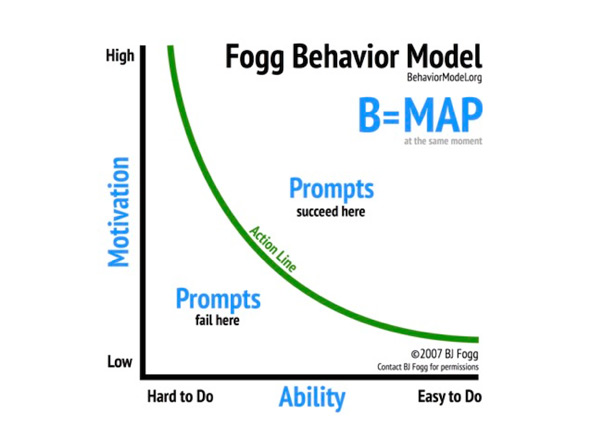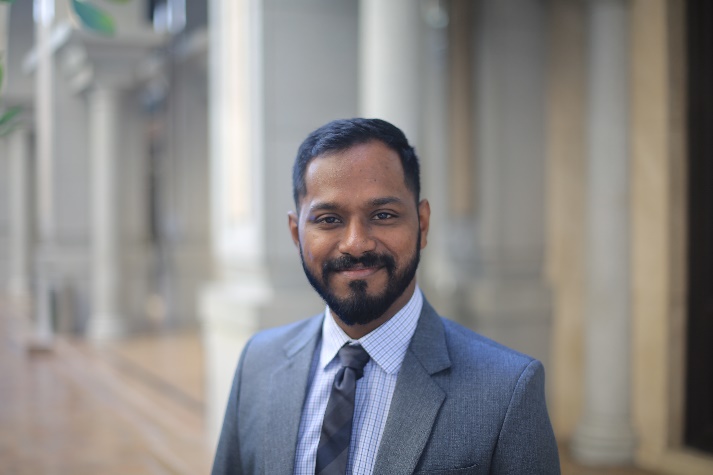Every passing year, on International Women’s Day, there is a renewed call to legislate the Women’s Reservation Bill to enable election of women in Legislative Assemblies and Parliament. Such calls are aptly justified by data – both anecdotal and empirical – to suggest that India has failed to address the role of gender in policy making.
In spite of efforts to increase the number of women representatives in local governance, successive governments have done little to build capacity or provide support systems to ensure the fulfilment of core objectives of increased gender participation.
Across the world, making up nearly 50 percent of the total population, women, only hold around 22.5 percent of public offices. If one looks at the data compiled by the Inter-Parliamentary Union of the percentage of women in Parliament, India – with 11.8 percent – is placed at 147 out of 193 countries. Countries like Pakistan, Saudi Arabia, Kenya and South Sudan boast of a greater percentage of women representatives in their parliaments. Only three countries have more than 50 percent representation of women – Bolivia, Cuba and Rwanda.
The Rwanda model
Rwanda presents an interesting case study because the nation came out of one of the worst civil wars in 1994 when the number of female parliamentarians was 17 percent.
The real success of the Rwanda model, however, can be seen from the gradual increase in women representatives to 48 percent in 2003, 56 percent in 2008 and to a present strength of 64 percent. The Constitution was amended in 2003 to provide for a minimum 30 percent quota for women in all decision-making bodies, including parliament and other government agencies. There is even a Gender Monitoring Office which is tasked with monitoring, advising and advocating for gender equality in all institutions in the country.
However, the role played by Rwanda Women Parliamentary Forum (RWPF) is extremely crucial in achieving this phenomenal outcome. RWPF was set up in 1996 as a consultative mechanism for facilitating gender integration within Parliament. One of the key strategic axes of RWPF is in relation to the training of parliamentarians on gender analysis in the budget examination, budgetary control and government action. The RWPF is also involved in the regular monitoring and control of application of gender sensitive laws.
In stark contrast, the majority of decisions pertaining to safety and security of women taken by the Union Council of Ministers or the Standing Committee for Home Affairs or the Parliament of India lack adequate women representation.

Photo Courtesy: Wikipedia Commons
India’s takeaways
Though the Parliament of India has a Committee for Empowerment of Women, it is not much more than tokenism. The committee has a limited mandate and hardly goes beyond filing standard reports suggesting minor improvements to existing women welfare programmes.
The first takeaway is that the committee be revamped along the lines of RWPF and be provided a constitutional mandate to look into gender policy of every major governmental action. After which, the Parliament must legislate a Women Reservation Bill to effectively increase the gender representation across the highest legislative bodies in the country.
Secondly, Section 149 of the Companies Act requires women to be included in the board of directors of companies. However, a recent study by Deloitte has shown that only 12% of boards are filled with women representatives. The private sector is rife with gender bias including allegations of a culture of sexual harassment and silence around it. Only strong women leaders can empower women working in the private labour market and therefore, the private sector, including nonprofit organisations, must introspect about the lack of gender parity at the leadership level.
Finally, the National Commission for Women, a statutory body that plays an advisory role to the Government of India, must be expanded to include women from the development sector, private sector and various regions of the country. It must function as a truly representative apex body for all issues related to gender parity. The National Commission for Women must also work to recommend adoption of gender sensitive laws and take the lead on studying international best practices.
Role of philanthropy and the nonprofit sector
The three takeaways suggested above are for the legislative, private and executive respectively. However, the nonprofit sector may perhaps have the most impact if we were to go by the example of EMILY’s List.
EMILY’s List is described as an American Political Action Committee. It supports and funds women candidates who are Democratic and pro-choice. Over a 33-year period, it has raised over $500 million and helped elect more than 900 women, which includes 23 Senators and 12 Governors.
EMILY’s List claims to have endorsed every single Latina, African American, and Asian American Democratic congresswoman currently serving in the United States Congress. But their work does not stop with endorsing and funding top-tier candidates alone. The ‘Run to Win’ training courses are run online which help women who want to run for any elected political office. Since 1985, they have trained nearly 10,000 women.
Ellen Malcolm, founder of EMILY’s List says, in her book, that “creating progressive policies and promoting them can be incredibly valuable. But those policies will never be implemented unless enough politicians are elected who support them”.
Though it is imperative that the government and private sectors introspect as to whether existing institutions are allowing women to make public policies, the real solutions may ultimately come from philanthropy and the nonprofit sector through community participation, organisation and mobilisation as seen in the case of EMILY’s List.





